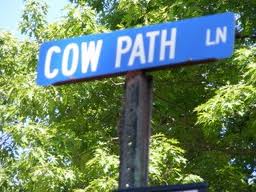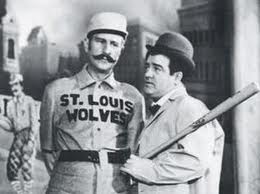Vacation season is well upon us so I thought in this post, I would focus on some applications that can help you keep the social media train running while you’re away.
In my mind, I see running social media as a customer service position. So it is important that while you are on vacation your community doesn’t feel left behind. Planning out your posts is an important step to make sure that your social media plan doesn’t skip a beat. There are many templates out there that can help you lay out what you are going to post and to which network. It is important that this plan is a detailed as possible and shared with a teammate who might be looking over your social media sites while you’re away.
After you’ve planned everything out you can actually schedule your posts to be posted in the future. This can be done in a couple of ways. First, Facebook recently added scheduling functionality. When you are typing a status update on your organization’s page, you will see a clock in the bottom left corner of the box in which you are typing. Upon clicking on it you will be able to assign a time that you’d like this post to be published. All posts are then accessible through the Activity Log in the page’s admin panel.
Third party applications can also help with the scheduling of posts on Twitter. The most popular application is Hootsuite. Hootsuite can also schedule facebook posts, so it might be the all-in-one solution for your and your team. Other social media sites such as Pinterest, YouTube, and Google+ do not seem to have scheduling functionality at this time. It will be important for you to leave your plan with someone who will have access to updating your sites while you are out of the office.
In addition, if your organization runs a blog, you can have those posts either waiting as drafts to be published or scheduled to be posted using your blog management software. That way, the blog doesn’t look like it has skipped a beat in your absence.
Even though you have taken the time before your vacation to schedule the posts to be published, I would recommend that someone still look over those posts and have the ability to cancel their publication if needed. Part of having a strong social media presence online is being current and sometimes something happens that needs to be posted over a post that you planned out a week ago. If you can, avoid sharing log in information with your team member and either make them an administrator on that site or set them up using a third party application such as Hootsuite, TweetDeck or Sprout Social.
Outside of planning social media posts, make sure you have your email covered as well. Don’t forget to activate an out of office message to be sent when you get an email while you are on vacation. Don’t forget to give people a place to go if the need an issue attended to in an urgent manner and let them know when they can expect to hear back from you. Out of office messages are able to be set up in both Gmail and Outlook and other email programs.
If your company uses gmail for their email service there is one plug-in that can help you send emails while away from your desk. The service is called Boomerang and using it allows you to schedule emails to be sent in the future. This could be helpful service if need to send a reminder to your team while you are on vacation.
Planning to go on vacation can be stressful. This is specially true when you work with social media because being connected is part of the job. I hope these tools can help ease some of that stress. What tools to you use when planning for vacation? I’d love to hear from you in the comments below.


























